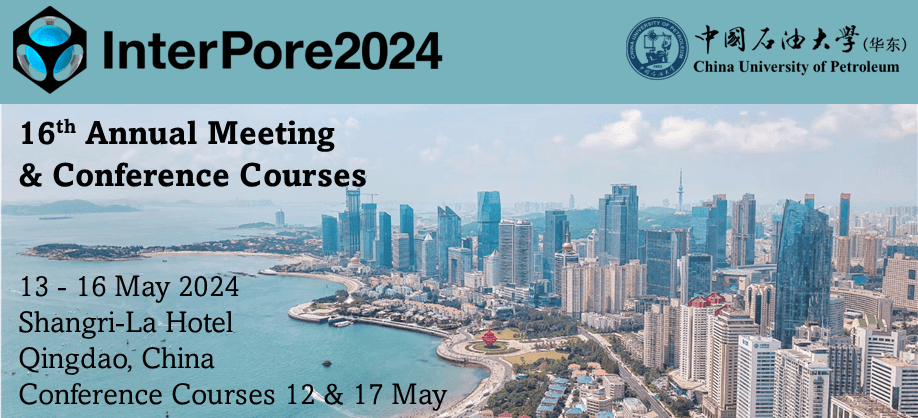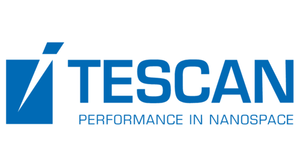Speaker
Description
Micro-algae are being considered increasingly as an economic source for the sustainable production of biodiesel, food (additives), pharmaceuticals and nutraceuticals. However, the excessive cost and low efficiency of current microalgal harvesting processes limit the potential large-scale uptake of microalgal farming to transform industrial applications. Absence of universal separation methods, excessive energy inputs and hazardous chemical additives required are the main obstacles [1]. In spite of these limitations, membrane filtration techniques dominate the harvesting of oil-rich microalgae [2]. Filtration conditions have been adapted to optimize microalgal dewatering, including crossflow-, dynamic-, submerged membrane-, micro- and ultra-filtration. However, it has been suggested that static filtration may provide a simpler and more economical separation alternative, independent of cell motility, morphology, and surface charge. As a result, membrane filtration for the harvesting of microalgal cells has shown great promise and economic utility in recent studies. A challenging problem, however, in the filtration harvesting of algal suspensions is fouling of the membrane, leading to a continuous decrease of the filtrate flow rate. The foulants include suspended microalgal cells and their presumed Extracellular Polymeric Substances (EPS). To investigate this problem, we perform static microfiltration experiments, using thin glass fibre filters, to harvest oil-rich marine microalgae Nannochloropsis oculata [3]. Batch filtration experiments of microalgal suspensions using glass-fibre membranes are conducted under filtration pressures varying between 0.5 and 200 kPa. Here we investigate the relative importance of potential fouling mechanisms reported in the literature, including pore plugging, entrance blocking, and filter cake formation. [2] We examine variations in filtrate flux, using numerical differentiation of the filtrate volume to identify its scaling relationship with time and compare with the traditional root-time behaviour. These results are analysed with reference to the blocking filtration laws to determine the potential fouling mechanism. Rheology tests of both filtration feeds and filtrate are performed, and both optical and scanning electron microscopy are used to observe the filtercake. Our results show a significant drop in the filtrate flux after a spurt loss phase under pressure. Scaling analysis demonstrates a power law relationship between cumulative filtrate volume and time in the post-spurt phase. We show here, for the first time, that the scaling exponent varies with time, approaching a value close to 0.5, i.e. root-time behaviour, only late after the initial spurt phase. Furthermore, our findings suggest that filtration of fresh microalgal suspensions experience a larger spurt loss compared to aged suspensions. This difference may be attributed to the limited production of EPS and microalgal debris during shorter cultivation periods. The microscopic observations reveal the invasion of microalgal cells into the porous membrane, which evidence the formation of an internal filtercake suggested by the blocking filtration laws. The invasion of microalgal cells results in significant membrane contamination, and the contamination rate increases with higher filtration pressures. Finally, we demonstrate that Fe3+ coagulant can be used to increase the microalgal particulate size before filtration, resulting in a much higher filtrate flux compared to uncoagulated suspensions. This result provides tremendous opportunities to reduce membrane contamination to a negligible level.
| References | [1] Min, K.H., Kim, D.H., Ki, M.R. and Pack, S.P., 2022. Recent progress in flocculation, dewatering, and drying technologies for microalgae utilization: Scalable and low-cost harvesting process development. Bioresource Technology, 344, p.126404. [2] Deng, E., Chen, X., Rub, D., Tran, T.N. and Lin, H., 2022. Energy-efficient membranes for microalgae dewatering: Fouling challenges and mitigation strategies. Separation and Purification Technology, 296, p.121382. [3] Wu, J., Meeten, G.H., Jones, T.G.J., Cagney, N. and Boek, E.S. 2023. Membrane fouling during the harvesting of microalgae using static microfiltration, submitted for publication. |
|---|---|
| Country | U.K. |
| Conference Proceedings | I am interested in having my paper published in the proceedings. |
| Porous Media & Biology Focused Abstracts | This abstract is related to Porous Media & Biology |
| Student Awards | I would like to submit this presentation into both awards |
| Acceptance of the Terms & Conditions | Click here to agree |




.jpg)
